Dundee United’s three-game unbeaten run in the Premiership came to a shuddering halt as St Mirren claimed a 2-1 victory in Paisley on Saturday.
The defeat, hot on the heels of the Tangerines’ Premier Sports Cup exit against Kilmarnock, leaves United three points adrift of guaranteed safety.
A Carljohan Eriksson own goal and Alex Greive’s late header sealed the triumph for the Buddies, rendering Steven Fletcher’s equaliser redundant.
Courier Sport was at the SMISA Stadium to analyse the major talking points, from the familiar failings to Fletcher’s heartening comeback.
Stop the crosses
For those Arabs who watched United succumb to defeat at Killie, there was maddening sense of déjà vu in Paisley — and not just because of the identical scoreline.
🔲 St Mirren are fourth in the #cinchPrem after an entertaining 2-1 win over Dundee United ⬇️ pic.twitter.com/52uUFBPKmH
— Sky Sports Scotland (@ScotlandSky) October 22, 2022
Both goals came from relatively unchallenged deliveries from wide areas, allowing St Mirren attackers to do the damage — albeit the opener was an Eriksson own goal after Curtis Main’s header hit the post and ricocheted off the Finnish stopper.
Dan Armstrong settled matters at Rugby Park with a similar effort in midweek.
Three consecutive goals conceded in the same manner is a pattern that clearly needs fixed.
Stopping the crosses is a blindingly obvious solution — and there does need to be more aggression in the closing down, at times.
However, United’s forward players also need to look after the ball, as some dangerous situations have been down to overloads resulting from the sloppy loss of possession and quick counter-attacks.
It will be an undoubted priority for boss Liam Fox this week because every time an unchecked delivery into the box is allowed, United look wobbly.
Which brings us to…
Mobility vs Physicality at the back
Fox’s decision to utilise a back-three of Scott McMann, Ryan Edwards and Liam Smith has been a largely successful one.
Deploying natural full-backs alongside captain Edwards has given the Tangerines more mobility and energy, while allowing wing-backs Aziz Behich and Kieran Freeman (or Immi Niskanen, as was the case on Saturday) to push forward.
However, as with any tactic, there are pro and cons.
And in the last two matches, managers have cottoned on to the cons.
St Mirren fielded two physically imposing strikers — Main and Jonah Ayunga — in central positions, evidently seeking to take advantage of the fact Edwards is United’s only towering centre-half (see average positions below).
Derek McInnes deployed exactly the same strategy last week, with Kyle Lafferty and Christian Doidge fielded in tandem for Kilmarnock.
As such, every time the ball was whipped into the box, alarm bells were ringing.
United claimed big wins against Aberdeen and Hibs, who fielded single focal points in attack — Bojan Miovski and Mykola Kukharevych — with whom Edwards could battle. That allowed Smith and McMann to handle the nippy wide attackers. That suits the Terrors.
More traditional two-up-top formations seem to be a very different challenge — and one that might require a Plan B.
On the plus side, United’s next opponents, Motherwell, tend to play that way with Kevin van Veen as a lone attacker.
Vulnerability on the break
For all United have shown undoubted signs of improvement under Fox, there remains a vulnerability on the counter-attack.
To an extent, history repeated itself on Saturday.
United enjoyed 63% possession and registered 392 successful passes to St Mirren’s 184 — and one suspects that won’t bother Stephen Robinson one bit.
They were primed to pounce on any United errors and sweep forwards with pace and efficacy, which is exactly what they did for Greive’s winning goal.
With only 37% possession, the Buddies scored twice and hit the woodwork three times.
The wider point is: United still appear to struggle when charged with dominating and controlling a game.
In their fine victories over Aberdeen and Hibs, the Terrors won with 35% and 36% possession. When expected to take the initiative against St Johnstone in the prior match, they had 64% possession and lost 2-1.
Better decision making when attacking, allied with snapping back into their defensive shape quicker, will be pivotal if United are to shake that vulnerability on turnovers.
Steven Fletcher impact
The return of Steven Fletcher was a glistening silver lining.
The former Scotland international, back from a groin issue, produced a fine cameo after entering the fray on 54 minutes.
His goal, which restored parity at 1-1, showed poise and precision, firing a low finish beyond Trevor Carson after meeting a Watt knock-down.
Indeed, it was a blow when Watt had to be withdrawn due to a back injury. There were flickers of a lively partnership.
Only on the pitch for just 40 minutes, Fletcher registered as many shots and touches in the penalty box as any United player.
He will undoubtedly be in contention for a recall to the starting line-up when the Steelmen visit Tannadice next weekend.
A free week
Saturday was United’s fifth game in 14 days.
It was St Mirren’s third in that time.
In moments, it looked it — United’s pressing not quite as sharp; a lack of crispness in the passing; a couple of players not hitting the same levels they did against Aberdeen, Hibs and Ross County.
While excuses will fall on deaf ears, given United have found themselves in this precarious league position due to their own woeful start to the campaign, it is also fair to say the free week ahead will be a welcome one.
It will allow United to regroup, recharge and let Fox build on the positives over the last fortnight — and rectify the negatives.
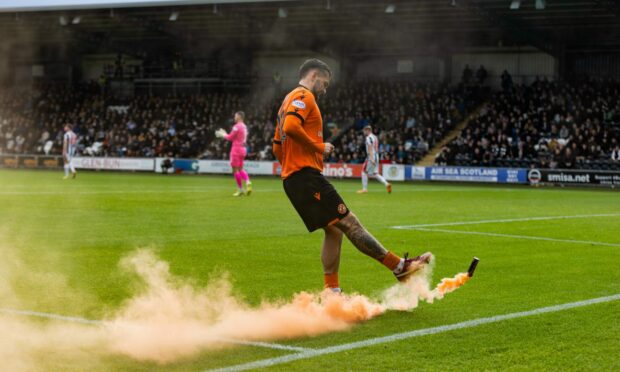

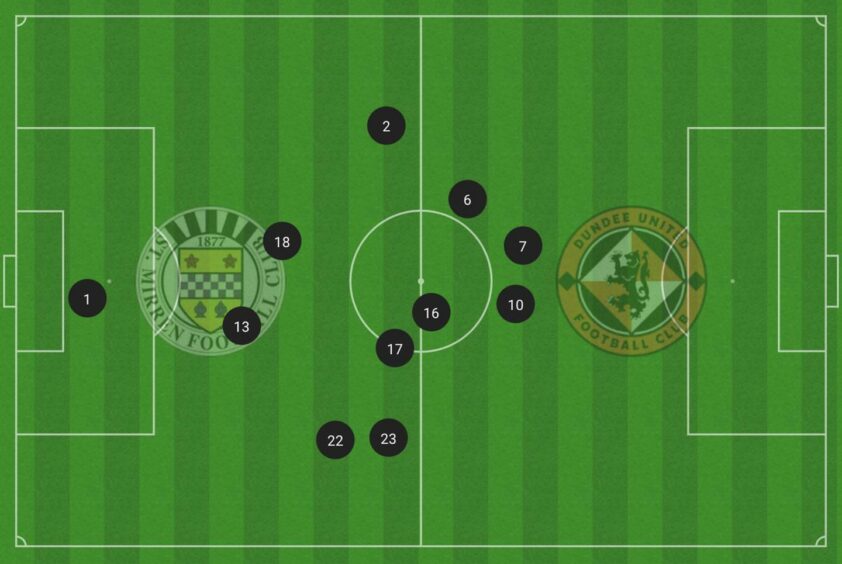

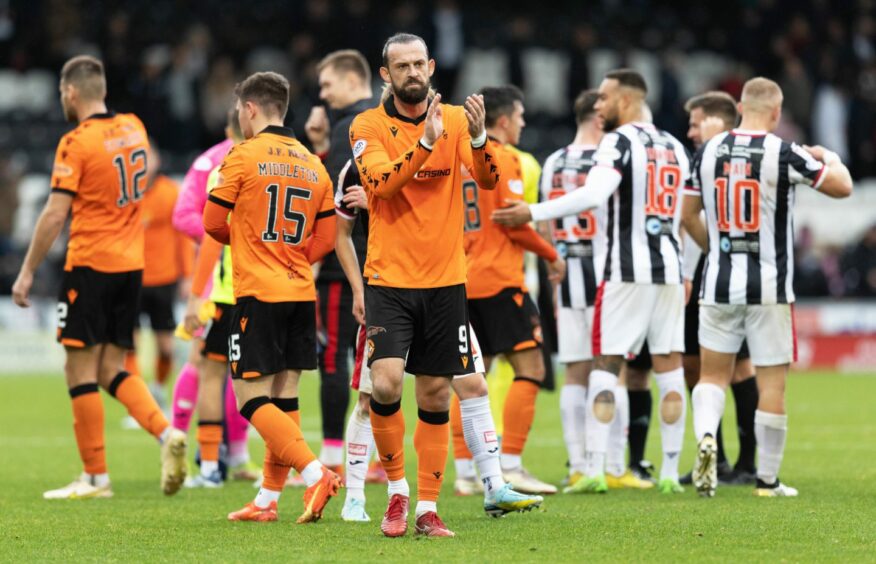
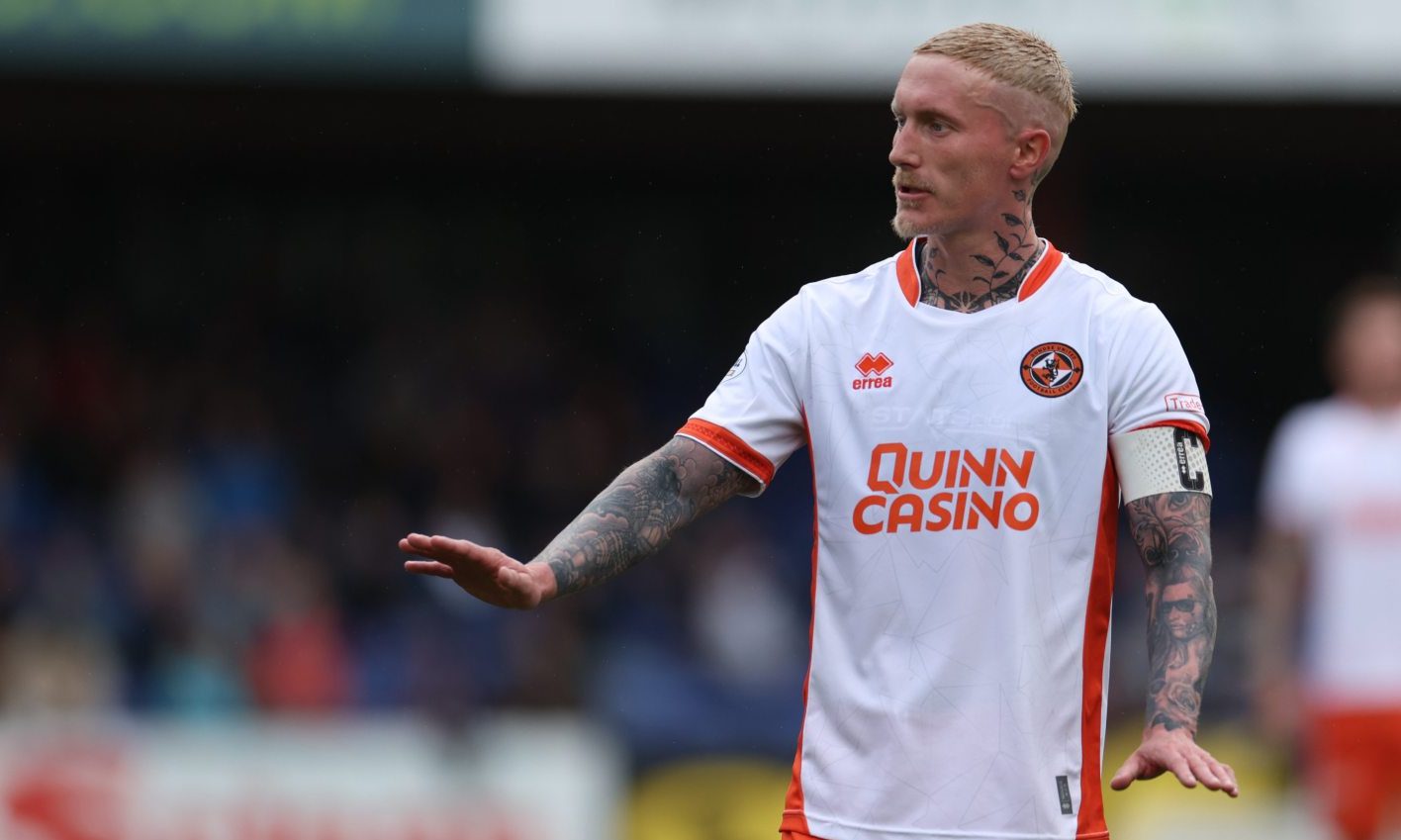

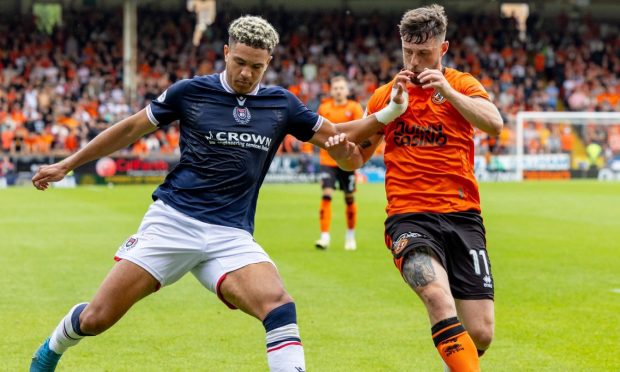
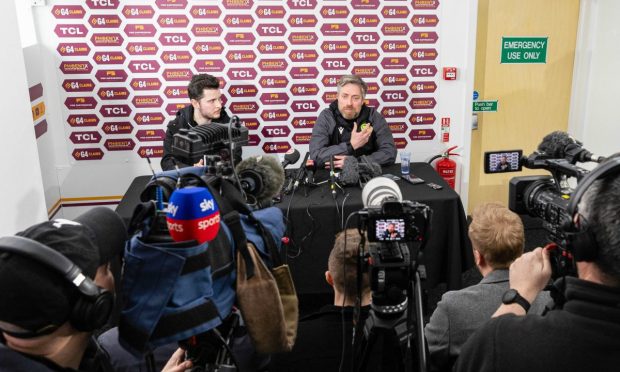
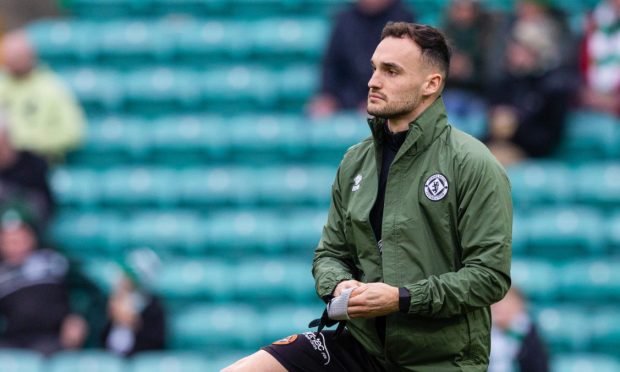
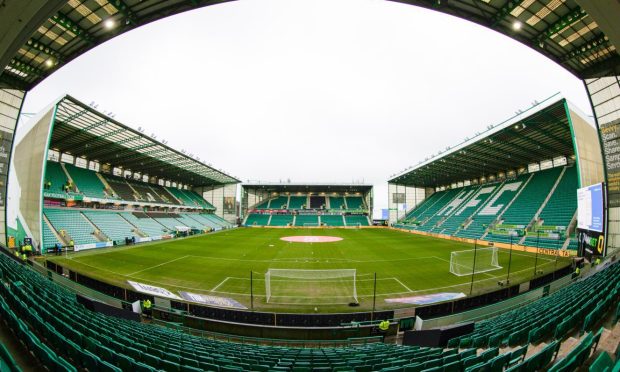
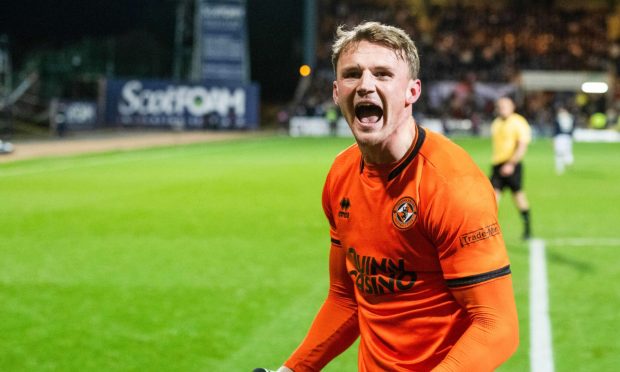
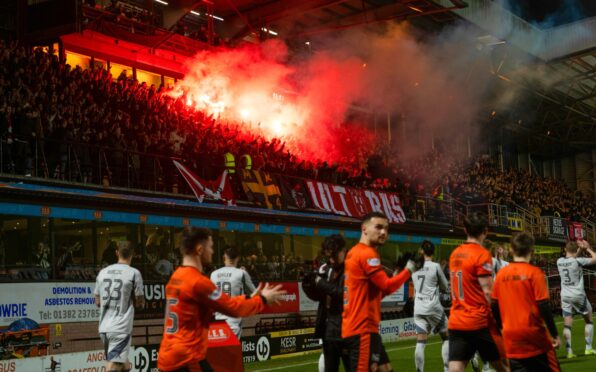
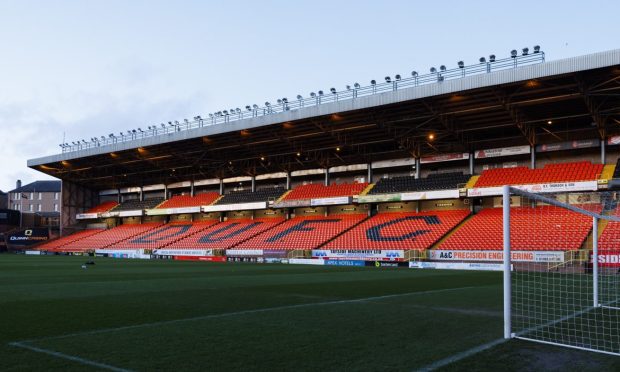
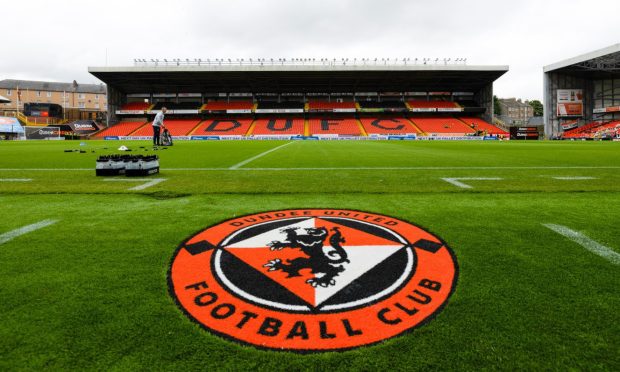
Conversation